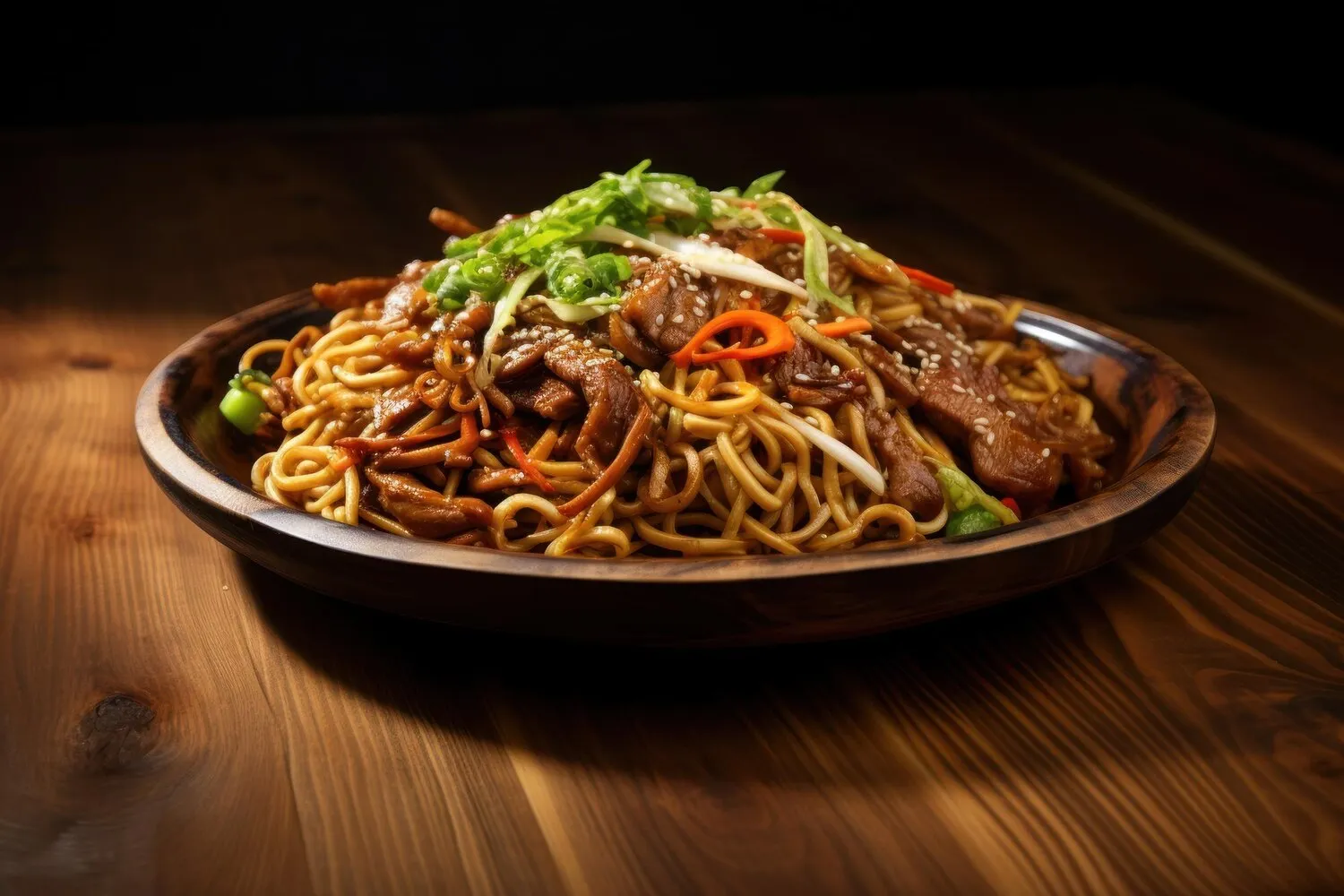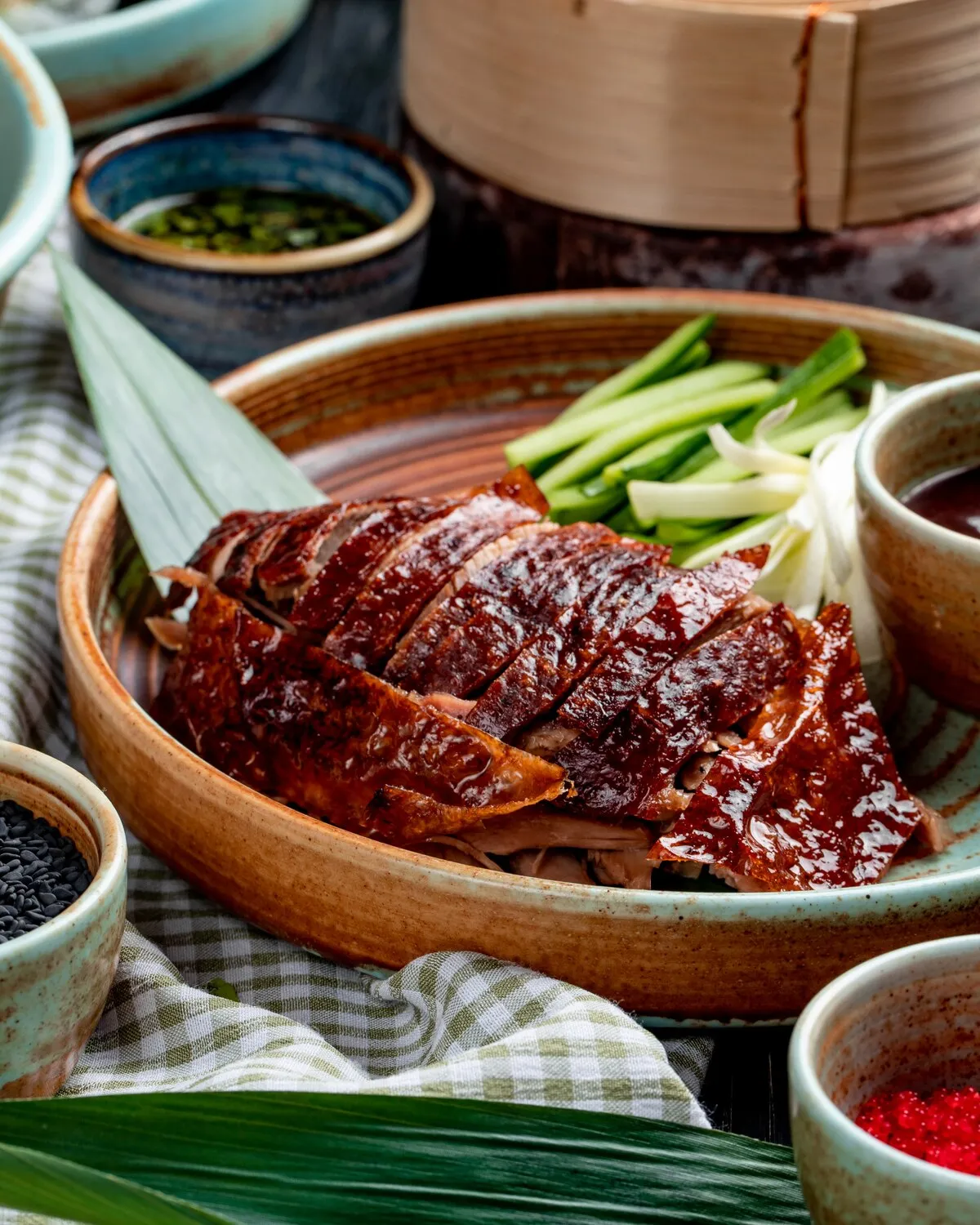
Sushi and Sashimi
Sushi and sashimi are another prominent part of the ZENZAKAN menu. While specific 'best' dishes are not directly listed, the overall quality of the sushi and sashimi is frequently commented upon in positive reviews.
Nutrition Facts
* The % Daily Value (DV) tells you how much a nutrient in a serving of food contributes to a daily diet. 2,000 calories a day is used for general nutrition advice.
ZENZAKAN - Pan Asian Supperclub
Sushi's origins trace back to ancient Southeast Asia, where fish was preserved in fermented rice. This technique gradually spread to China and eventually to Japan. Sashimi, meaning 'pierced body,' has a simpler history, evolving as a way to appreciate the freshness and quality of seafood.
Sushi and sashimi are deeply intertwined with Japanese culture, representing artistry, tradition, and a reverence for natural ingredients. The preparation and presentation are considered art forms.
Presentation as Art
The arrangement of sushi and sashimi on a plate is carefully considered, reflecting seasonal themes and aesthetic principles. Garnishes and serving dishes enhance the visual appeal.
Respect for Ingredients
The quality and freshness of ingredients are paramount. Chefs meticulously select seafood and rice, emphasizing seasonal availability and sustainability.
Omakase Experience
The 'omakase' experience, where the chef chooses the dishes, demonstrates trust and allows diners to appreciate the chef's expertise and creativity.
Etiquette
Proper etiquette, such as using chopsticks correctly and avoiding excessive soy sauce, is valued in sushi dining.
Sushi and sashimi offer a diverse range of flavors, from the delicate sweetness of fresh fish to the tangy, vinegared rice and the spicy kick of wasabi.
The dominant flavor is the freshness of the seafood, which can range from buttery (salmon, toro) to mild (white fish) to briny (shellfish). Sushi rice, seasoned with vinegar, sugar, and salt, provides a sweet and sour counterpoint. Wasabi adds a pungent heat, while soy sauce contributes umami and saltiness. Pickled ginger (gari) cleanses the palate between bites.
Start with Lighter Flavors
Begin with milder-flavored fish like white fish before moving on to richer options like salmon or tuna. This allows you to appreciate the subtle nuances of each flavor.
Soy Sauce Usage
Dip the fish side of the sushi into soy sauce, not the rice. Avoid soaking the sushi, as it can overwhelm the flavor and make the rice fall apart.
Wasabi Application
Use wasabi sparingly. A small amount can enhance the flavor, but too much can overpower the dish. Some chefs already include wasabi between the fish and rice.
Ginger as Palate Cleanser
Eat pickled ginger (gari) between different types of sushi or sashimi to cleanse your palate and prepare it for the next flavor.
Freshness Matters
Look for sushi and sashimi from reputable establishments known for their high-quality ingredients and careful preparation to ensure freshness and food safety.
Explore additional Asian dishes and restaurants
Explore AsianDiscover top dining spots and culinary experiences in Frankfurt am Main.
Explore Frankfurt am MainLearn more about the food culture, restaurant scene, and culinary heritage of Germany.
Explore Germany
